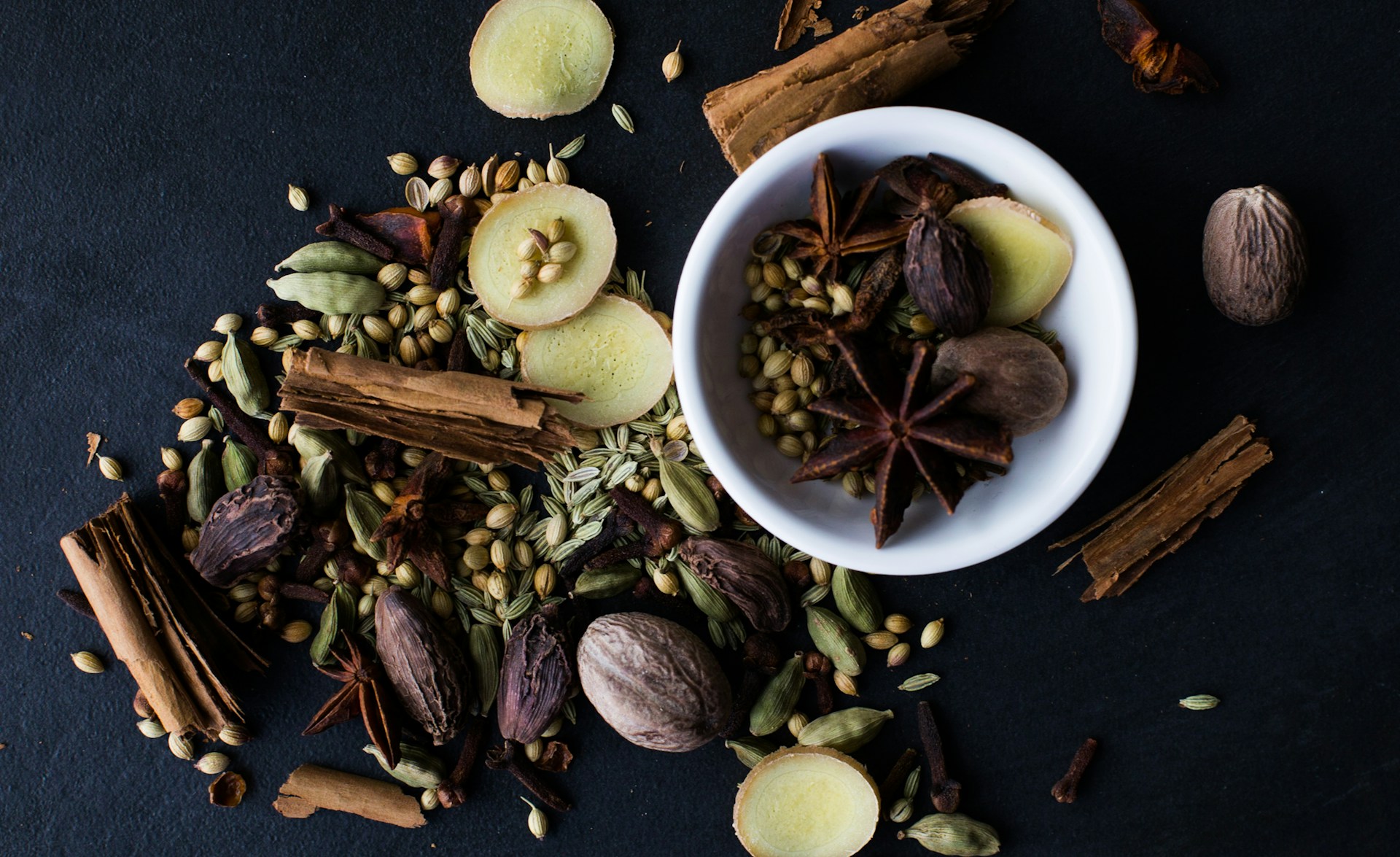In the world of aromatic teas, Masala Chai stands out as a timeless and beloved beverage. Originating from the Indian subcontinent, this spiced tea has transcended cultural boundaries to become a global favorite. Let’s embark on a flavorful journey through the history, ingredients, and brewing traditions that make Masala Chai a cherished part of tea culture.
Masala Chai, simply translated as “spiced tea,” has roots deeply embedded in Indian history. Legend has it that the aromatic blend was created centuries ago by a creative Indian king who sought to enhance the medicinal properties of tea with an array of spices. Today, Chai reflects a harmonious marriage of robust black tea and a medley of spices that tantalize the taste buds.
The key to a perfect cup of Masala Chai lies in the thoughtful selection of spices. Traditional ingredients include cardamom, cinnamon, ginger, cloves, and black pepper. Each spice contributes its unique flavor profile, creating a symphony of tastes that dance on the palate. Some variations may include additional spices like fennel seeds, star anise, or nutmeg, allowing for a personalized touch to this ancient brew.

Brewing Masala Chai is an art form that requires patience and attention to detail. The process typically involves simmering the tea leaves and spices in a mixture of water and milk. The slow infusion allows the flavors to meld, resulting in a rich and aromatic concoction. Sweeteners like sugar or honey can be added to balance the spices, creating a beverage that is both comforting and invigorating.
One of the charms of Masala Chai lies in its versatility. Whether enjoyed in a bustling Indian street market, a cozy café, or the comfort of one’s home, the aroma of brewing spices and tea leaves creates an ambiance that transcends borders. Many cultures around the world have embraced Chai, adapting the recipe to suit local tastes and preferences.
Beyond its delightful taste, Masala Chai boasts a range of potential health benefits. The spices commonly found in Masala Chai are known for their antioxidant and anti-inflammatory properties. Ginger, for instance, is celebrated for its digestive benefits, while cardamom is believed to have mood-lifting qualities. With each sip, Chai offers not just a sensory experience but also a potential wellness boost.

As Masala Chai continues to capture hearts globally, it has become a symbol of connection and shared moments. Whether shared over stimulating conversations or savored in solitary reflection, the ritual of brewing and enjoying Chai fosters a sense of warmth and community.
In conclusion, Masala Chai is more than just a beverage; it’s a sensory journey through tradition, spices, and cultural richness. From the bustling streets of Mumbai to the quiet corners of a local café, the aromatic allure of Chai invites tea enthusiasts to explore and appreciate the beauty of this timeless and flavorful brew.
If you enjoyed this read, check out our other posts.














What do you think?
Show comments / Leave a comment